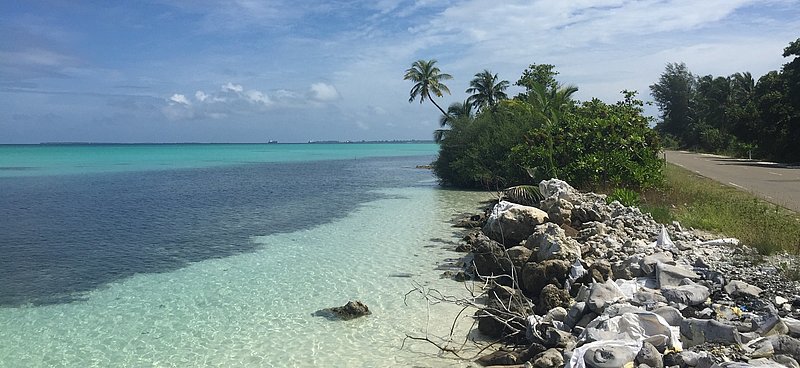As the problem grew, so did ambitious problem solvers e.g.: The "Maldives Plastic Program” from the Planeterra Foundation or Parley for the oceans. Also Hotels joined in and organized Beach Clean-Ups, because a lot of garbage is not exactly a reason to go to the Maldives on your holiday trip – at least not for most. For example, new shoes are made from many old PET bottles. Sounds like a great idea at first: turn old into new, the plastic gets a second life! But unfortunately this is not a long-term solution. Even shoes dissolve over time: when the brine runs off and with every cut in the material. Shoes which were made of „old plastic“, i.e. "recycled" shoes, are not only more difficult to recycle - they also continue to carry microplastic into the environment.
By now, microplastic is probably everywhere. It has been found in salt, in our food, in all animal species and in our drinking water. Recently, the Maldives have become known through a new headline: as in many parts of the world, high concentrations of microplastics have been discovered in the waters around the paradise islands of the Maldives. Even worse: the level of microplastic pollution in the waters around the Maldives is among the highest in the world. As a result, the marine fauna and flora can be severely damaged, and the livelihoods of island communities are threatened.
This new study also shows how urgent it is to change our behavior and waste management to protect our environment, wildlife and ourselves. We must think and act more long-term.
Hopefully in the future our Maldives can recover and eventually be known for only one thing: its pure beauty, crystal clear water, colorful coral reefs and a variety of underwater animals.



